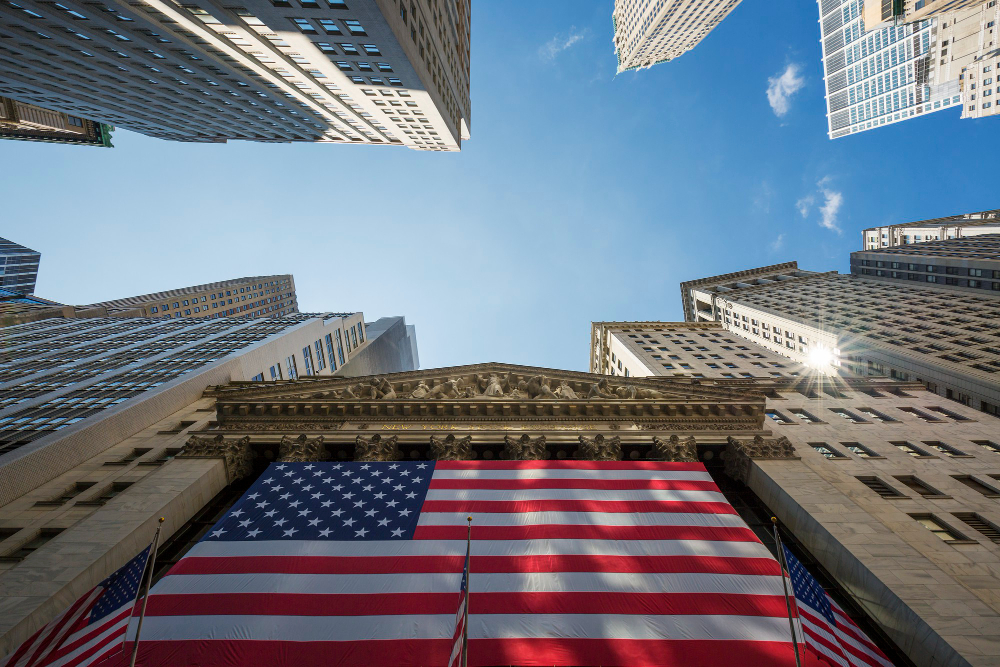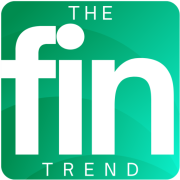What You Can Expect New in 2025
In 2025, the fair lending landscape in the United States is undergoing rapid transformation, driven by regulatory changes, technological advances, and a dynamic political environment.
Financial institutions, regulators, and consumer advocates are adapting to a new paradigm that demands vigilance, innovation, and a renewed commitment to equity.

Now, check out the main rule changes that have already happened (and may still happen) in 2025!
📉 1. Regulatory Rollbacks and Oversight Challenges
The current administration has implemented a series of changes that directly impact the supervision of fair lending practices. The key actions you need to know are
- Reversal of the 2023 CRA Updates: Reforms that expanded bank evaluations to include digital lending activities were revoked. As a result, the rules reverted to those from 1995, which limit evaluations to the physical surroundings of bank branches.
- Weakening of the CFPB: The Consumer Financial Protection Bureau (CFPB) has suffered significant staff cuts, reducing its capacity to supervise and enforce fair lending regulations.
These changes create uncertainty about the effectiveness of federal oversight, increasing the risk of undetected discriminatory practices.
It remains to be seen how this will impact people’s day-to-day lives.
🧠 2. Technological Advances and the AI Challenge
The growing use of artificial intelligence (AI) and machine learning in credit decisions has raised concerns about algorithmic bias.
This is already a hot topic on social media and in politics, and it has now reached the credit sector.
Credit scoring models and automated pricing systems can inadvertently perpetuate racial and socioeconomic inequalities, causing social harm.
The CFPB has identified disparities in credit outcomes for protected groups, suggesting that the protocols used to develop these models contribute to such inequalities.
To mitigate these risks, financial institutions are adopting more transparent and auditable AI models, such as LDA-XGB1, which balance predictive accuracy and fairness.
🏛️ 3. Implementation of Section 1071: Small Business Loan Data Collection
The implementation of Section 1071 of the Dodd-Frank Act, which requires the collection of demographic data on small business loans, is scheduled to begin in July 2025 for large financial institutions—at least that is the expectation.
The measure aims to identify disparities in credit access for minority- and women-owned businesses.
Despite legal challenges, the rule was upheld, and compliance deadlines were extended to July 2025 for lenders with the highest volumes of small business loans.
⚖️ 4. Changes in Disparate Impact Liability Enforcement
In April 2025, the White House issued an executive order directing federal agencies to eliminate the use of disparate impact liability in all contexts, including fair lending.
This represents a significant shift in how fair lending laws are enforced, prioritizing direct liability rather than practices that result in disproportionate impacts on protected groups.
It is very important to understand the impacts of these changes in society, mainly to keep watching how the access to credit can say about socialization and personal finances.
🏦 5. Adoption of Best Practices by the Private Sector
Despite regulatory challenges, many financial institutions are adopting proactive measures to promote fair lending. According to Ncontracts, effective practices include
- Modernizing platforms and processes to go beyond regulatory compliance.
- Using proxy data assessments to identify gaps in underserved communities.
- Reviewing branch presence strategies in low- and moderate-income areas.
- Focusing on equity and anticipating regulatory decisions.
These initiatives demonstrate a commitment to fairness, even in an uncertain regulatory environment. And it is important to keep watching.
🔮 Conclusion: A Landscape of Challenges and Opportunities
The fair lending outlook in the U.S. for 2025 is marked by regulatory rollbacks, technological advancements, and private sector initiatives.
While federal oversight diminishes, risks of discriminatory practices increase, especially for vulnerable populations.
On the other hand, awareness of algorithmic bias and data collection on small business lending offers opportunities to promote greater transparency and financial inclusion.
The future of fair lending will depend on collaboration among regulators, financial institutions, and civil society to ensure that access to credit is equitable and just for all.
